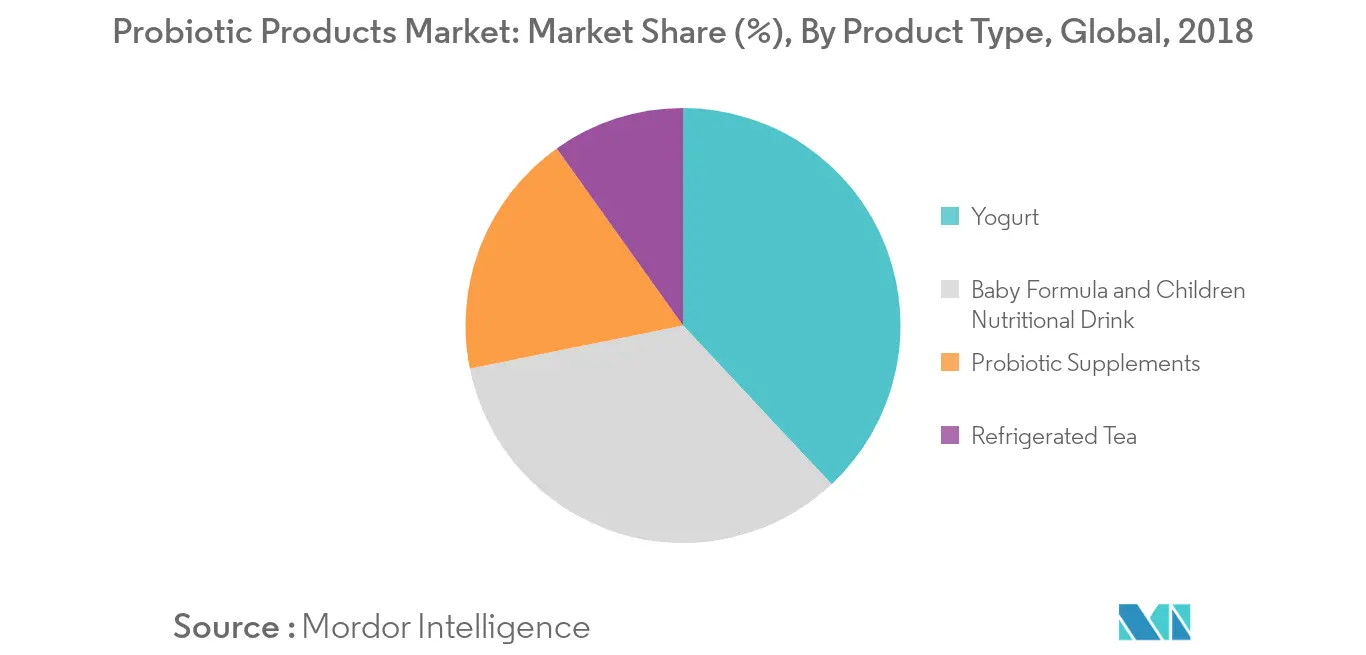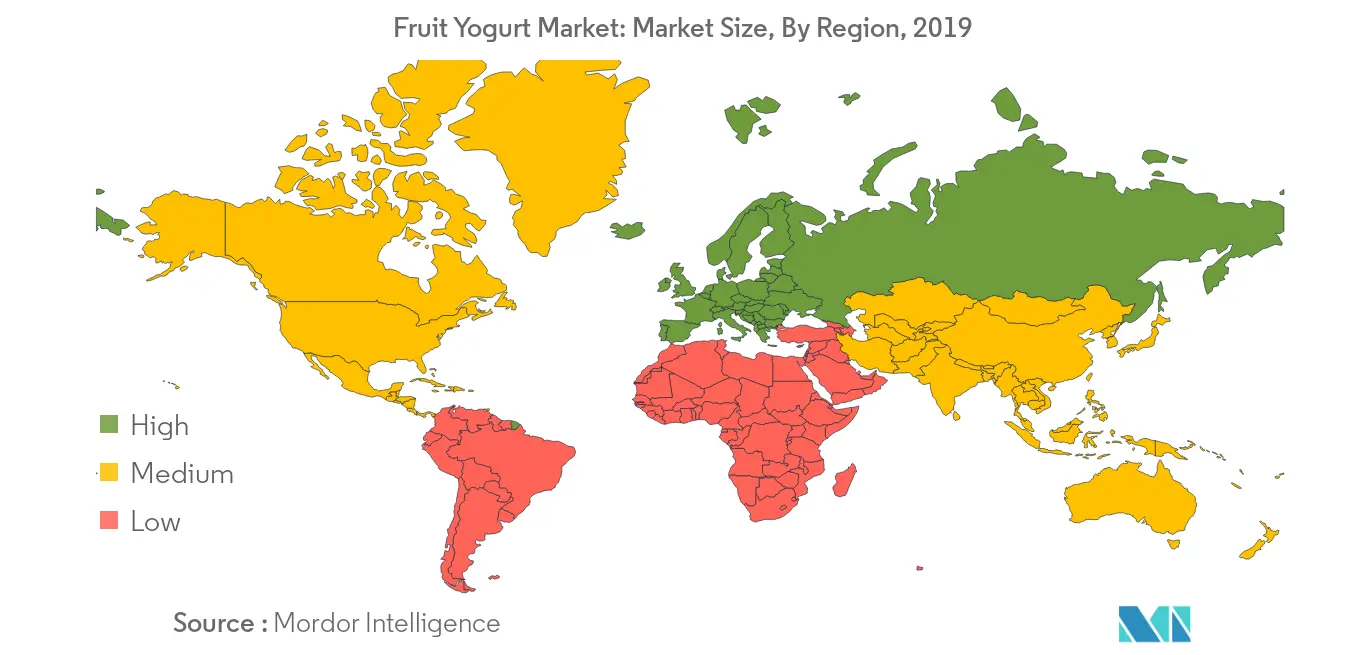Market Trends of Fruit Yogurt Industry
This section covers the major market trends shaping the Fruit Yogurt Market according to our research experts:
Growing Demand for Probiotic Food and Beverages
The high prevalence of digestive disorders drives the demand, for probiotic foods, across various consumer groups, globally. Yogurt, in both spoonable and drinkable form in different flavors, is the most preferred probiotic food. Therefore, the increased penetration of dairy, as well as non-dairy fruit yogurt, has led key players across the world to constantly invest in R&D activities, for product innovation with product claims: low/no sugar, in order to capture the evolving consumer trend and gain a competitive advantage in the probiotic market. Recently, in January 2020, Stonyfield Organic introduced its range of drinkable probiotic yogurt, Daily Probiotics available in two variants Blueberry Pomegranate and Strawberry Acai, the product aids in both immune and digestive health of the consumer. Thus, the fruit yogurt market is growing at a significant rate owing to the rising demand for probiotic food and beverage.

Europe is the Largest Market
Europe holds a prominent share of the fruit yogurt market driven by consumer inclination towards an innovative healthy diet. The fruit yogurt incorporates fruits that act as a source of both nutrients as well as flavor to the widely accepted product in the region. The leading player operating in the market are highly investing in product innovation in order to cater to improved products to the European market. As per the consumer mapping done by the company such as Arla Foods amba, consumers recognize that the average fruit yogurt in Germany contains around 14g of added sugar which is leading to a decline in the category. Therefore, in 2018, Arla introduced Arla Bio Nur in the Germany market, which has no added sugar and contains between 6.8g and 7.7g of sugar, depending on the fruit variant, and consists of only natural ingredients. Additionally, one of the market leaders, Danone has too led the way with its release of Oikos in the region, as the product is incorporated with new flavors, including fruit fondues - fruit fondue with orange, fruit fondue with cherry and fruit fondue with red berries. Thus, triggering the fruit yogurt market in the region.


